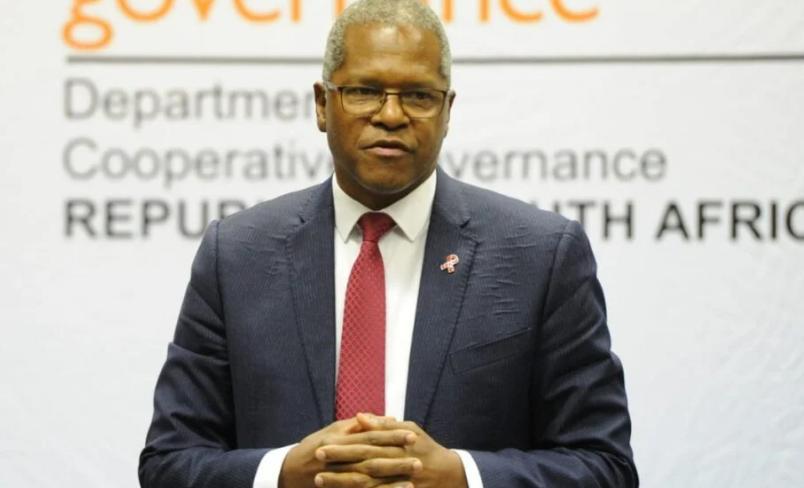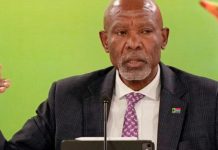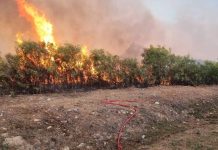Africa-Press – South-Africa. Gender based violence and feminicide (GBVF) have officially been classified a National Disaster following widespread protests across South Africa.
The Head of the National Disaster Management Centre (NDMC), Dr Bongani Elias Sithole, has classified GBVF as a national disaster.
Today, 21 November 2025, thousands have protested across South Africa as part of a national shutdown to highlight the nation’s rampant GBVF.
A demonstration has been organised by NGO Women for Change, which called on the government to declare GBV a national disaster.
Minister of Co-Operative Governance and Traditional Affairs (COGTA, Velenkosini Hlabisa, welcomed the decision.
“This decisive action follows a thorough reassessment of previous reports and updated submissions from organs of state as well as civil organisations,” said COGTA.
“After evaluating the persistent and immediate life-safety risks posed by ongoing acts of violence, the NDMC has concluded that GBVF now meets the threshold of a potential disaster as defined in the Act.”
The National Executive now bears the primary responsibility for coordinating and managing national disasters.
The government will use existing legislation and the contingency arrangements already established across government.
The classification calls on all organs of state to strengthen their support for existing GBVF response structures to implement their contingency arrangements fully.
They will also need to ensure that all necessary mechanisms are activated to enable the National Executive to manage the disaster effectively.
Section 22 of the Disaster Management Act allows for the following:
Organs of state, the private sector, communities and individuals are urged to intensify their risk-reduction and prevention practices through the implementation of GBVF-related standards, procedures and legislative measures.
Individuals are strongly encouraged to refrain from any acts of gender-based violence or femicide.
National, provincial, and municipal authorities have been told to implement multisectoral prevention, mitigation, relief and rehabilitation plans to address the effects of this disaster holistically.
Notably, the classification does not invoke emergency powers and instead reinforces and strengthens the systems already in place.
This is a notable distinction between a state of disaster being “classified” and a state of disaster being “declared”.
Classifying a state of disaster allows the government to co-ordinate and manage disaster response by assigning responsibility to specific spheres of government.
A national state of disaster is classified when more than one province is impacted where response cannot be managed effectively.
Where existing legislation and contingency measures are inadequate to deal with the situation, or other special circumstances exist, the government would declare a state of disaster.
All organs of state will need to report to the NDMC to enable the monitoring of interventions by government departments, municipalities, NGOs and communities.
“This effort pulls together every sphere of government and every critical sector: policing, social development, justice, health, education, economic development, and traditional leadership,” said Hlabisa.
“Above all, it confirms a fundamental truth: GBVF is not a women’s issue. It is a national crisis.”
For More News And Analysis About South-Africa Follow Africa-Press






